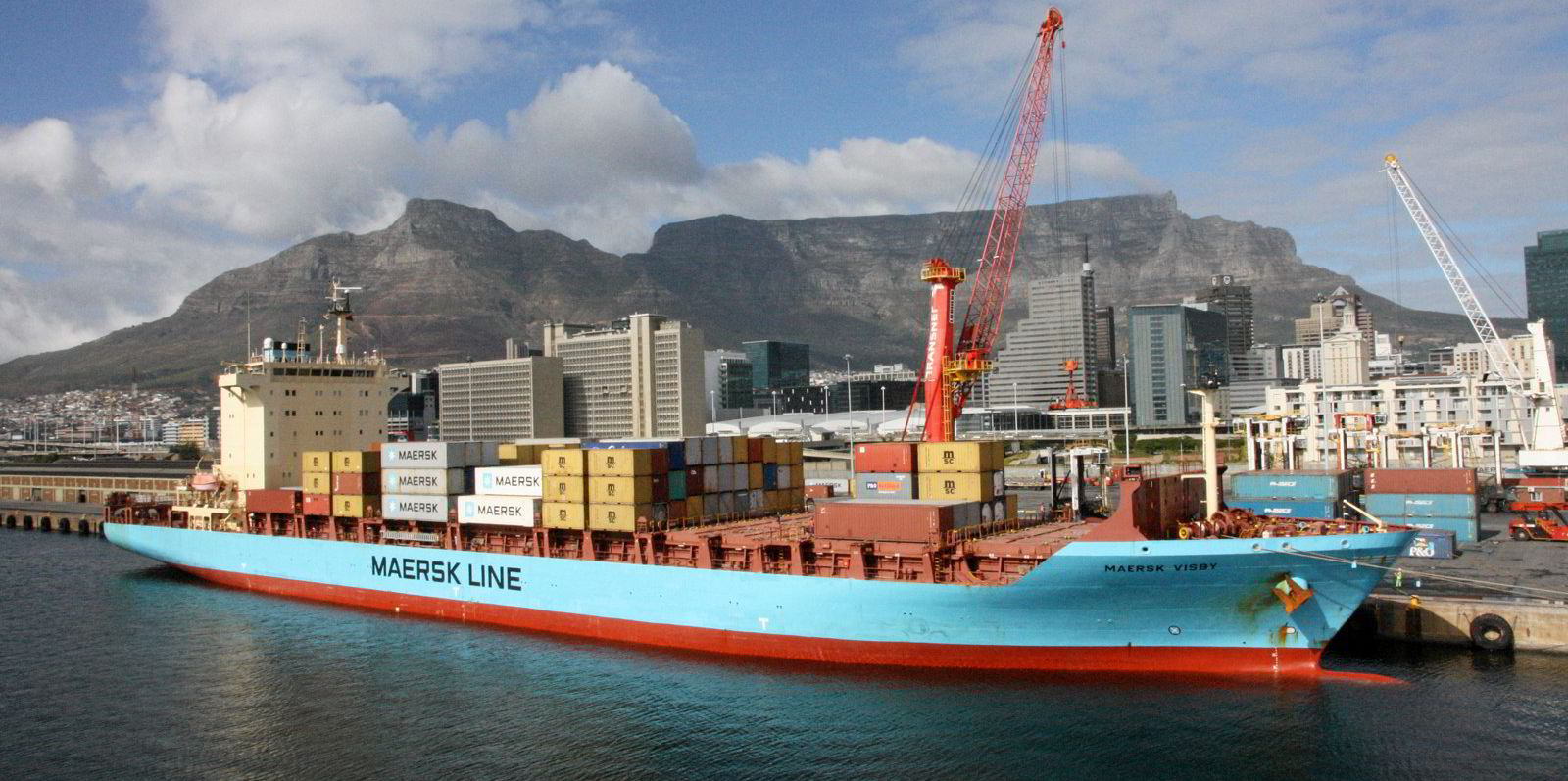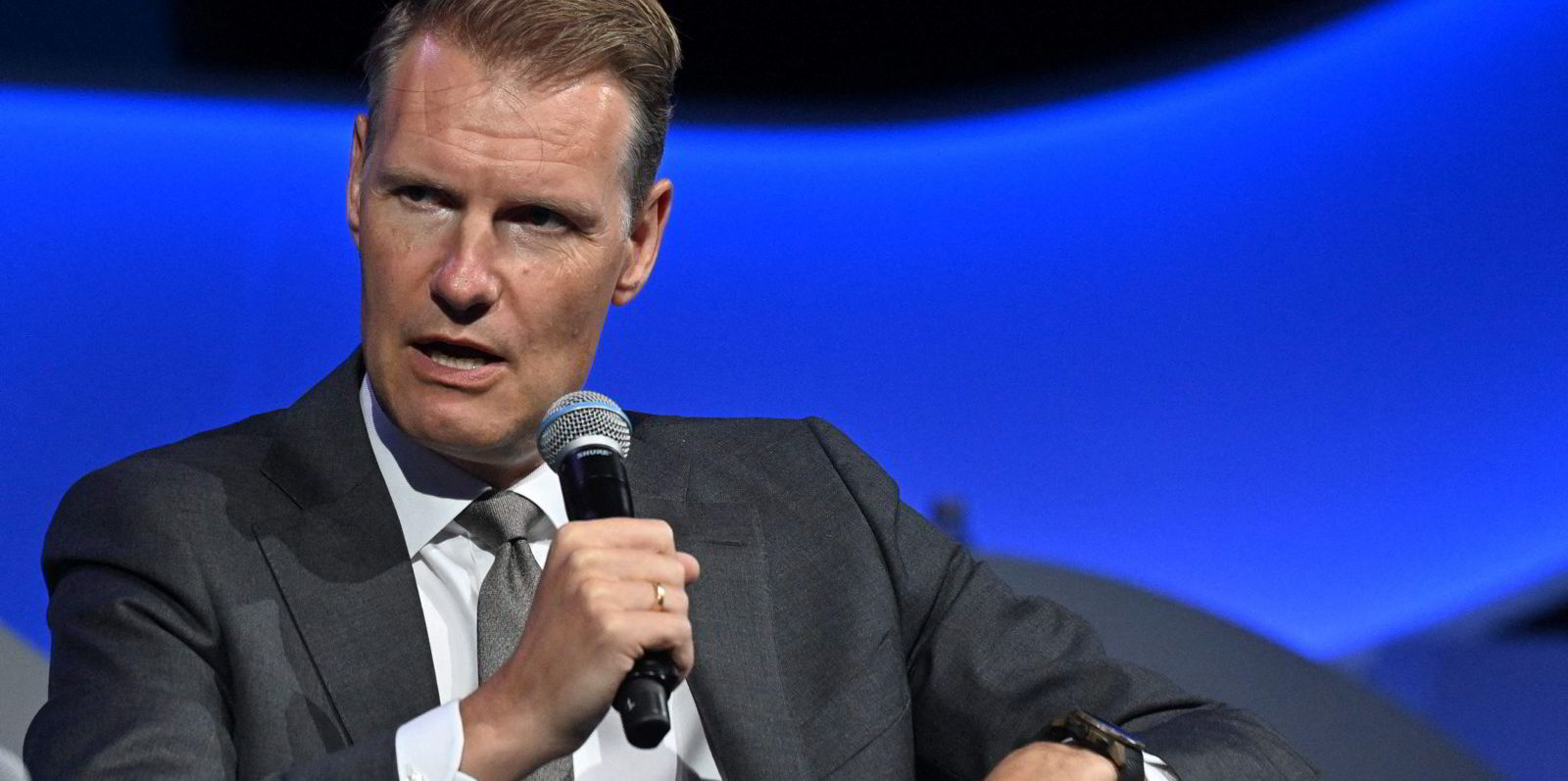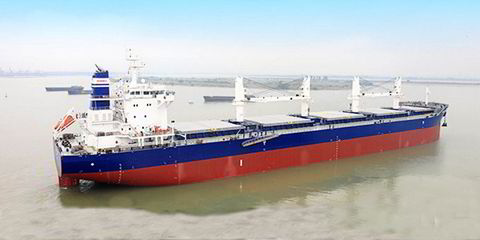Bunker traders in South Africa say they have enough marine fuel stocks for the large number of ships diverted away from the Red Sea and currently heading for the southern tip of Africa.
Forced to extend their voyages between Asia, the Middle East and Europe by as much as two weeks to avoid the threat posed to shipping by Houthi rebels, many will be required to stop off in a South African port to top up their bunker tanks so that they can complete their voyage.
While South Africa-based bunker suppliers claim to have enough marine fuel, it is going to come at a significant price premium to the major bunkering ports on the East-West trade lanes, and costs could increase further if delays are encountered at the country’s congested ports.
Ships seeking bunkers in South Africa can procure them in the ports of Durban and Cape Town.
Offshore bunkering operations by TFG Marine and Minerva Bunkering in Algoa Bay near Port Elizabeth have been shut down since the South African Revenue Services arrested that trade’s bunker tankers over a tax dispute involving import duties.
Bunker traders that TradeWinds spoke to this week all said that there were enough stocks of high sulphur fuel oil (HSFO), very low sulphur fuel oil (VLSFO), and marine gas oil (MGO) available in Durban to supply the anticipated needs of the expected deluge of ships heading for South Africa.
Cape Town has sufficient stocks of VLSFO and MGO but does not maintain significant quantities of HSFO.
While supply quantities may be fine, pricing is an entirely different matter.
Only one oil refinery in South Africa, located near Cape Town, currently produces bunker fuel. The vast majority of marine fuels supplied to vessels in the country’s ports are imported, which adds significantly to the cost.
A comparison of bunker fuel prices as indexed on Thursday showed HSFO supplied in Durban cost $169 per tonne more than in Singapore, and $160 per tonne more than in Rotterdam.
HSFO trading in Cape Town was too limited for the port to be included on bunker price indexes, and TradeWinds was told that very little supply exists in the port.
VLSFO in both Durban and Cape Town cost $75 per tonne more than in Singapore, and $131 more per tonne than in Rotterdam.
The price differential for MGO is even higher, costing the most in Durban where it costs a whopping $960.5 more per tonne than in Singapore, and $962.5m more than in Rotterdam.
MGO prices in Cape Town are lower, priced at $337 per tonne more than in Singapore and $339 per tonne more than in Rotterdam.
One South Africa-based bunker trader believes these high prices, which are likely to increase as supply tightens, will likely dampen demand, and thus keep a lid on supply issues.
“I don’t think it is going to be a case of a ship pulling up and the master saying ‘fill up the tank’. It will load just the minimum amount of extra fuel required,” he said.
Infrastructure capacity

South African ports are not known for their high efficiency, and at any given time there are dozens of ships waiting off Durban, and a lesser amount off Cape Town, waiting to work cargo. Delays can stretch to more than a week during periods of high congestion.
However, these delays are mostly linked to terminal operations, and both Cape Town and Durban have excess berth capacity that can be used to accommodate vessels calling purely for bunkering purposes.
Of more concern is the infrastructure capacity to supply bunkers in these ports.
A January report on strategies for a sustainable bunker industry in South Africa published by Linsen Nambi Bunkering Services, a company that delivers marine fuel on behalf of oil majors and the operator of three of the four bunker tankers based in South African ports, highlighted the decline in the bunker market over the past 15 years.
The volume of bunkers supplied in South African ports regressed by 61%, from 2.3m tonnes of bunker in 2008, to under 900,000 tonnes in 2022. These figures do not include volumes from the now-suspended offshore bunkering operations in Algoa Bay.
Linsen Nambi blamed the decline on the lack of investment in local refineries to produce sufficient quantities of marine fuel at globally competitive prices to meet industry demand.
In addition, there has been a lack of investment in terminal infrastructure to support efficient bunker fuel delivery operations.
Gavin Naidoo, Linsen Nambi’s bunkering business manager and author of the report, told TradeWinds that the infrastructure issues have been mitigated by the low demand for bunkers.
The current infrastructure was capable of handling a wave of Red Sea diverts, he said.
“We are geared up. Durban can supply 180,000 tonnes of bunkers per month but currently is only supplying around 40,000 tonnes. We have enough storage tanks, we have the bunker barges. Currently we are only utilising 20% of capacity,” he said.
Naidoo indicated that while the bunkering infrastructure is ready, oil companies also have to step up to the plate.
“Whether South Africa can meet the demand depends on whether the oil companies recognise what is coming and bring in adequate supplies of fuel,” he concluded.






